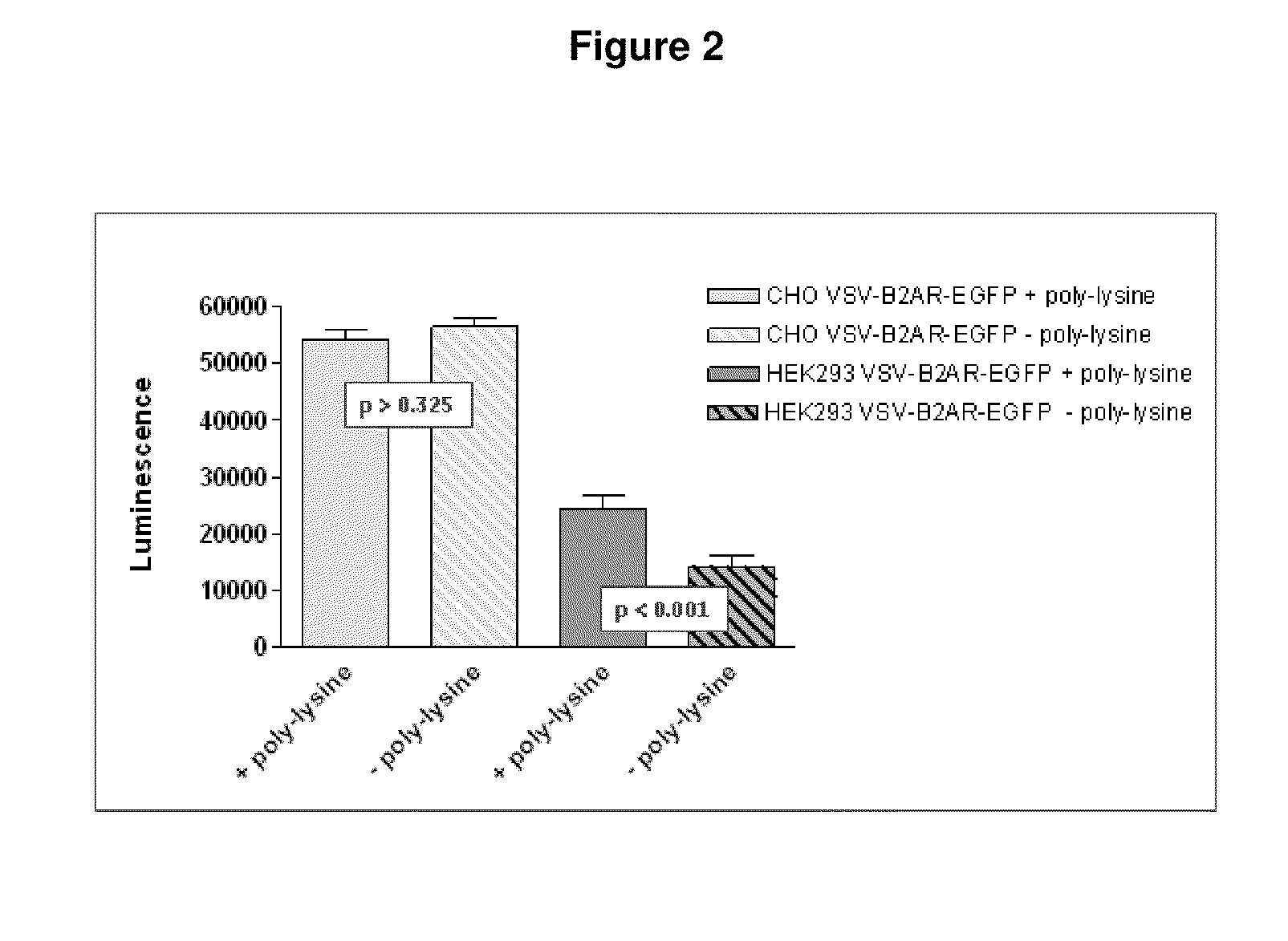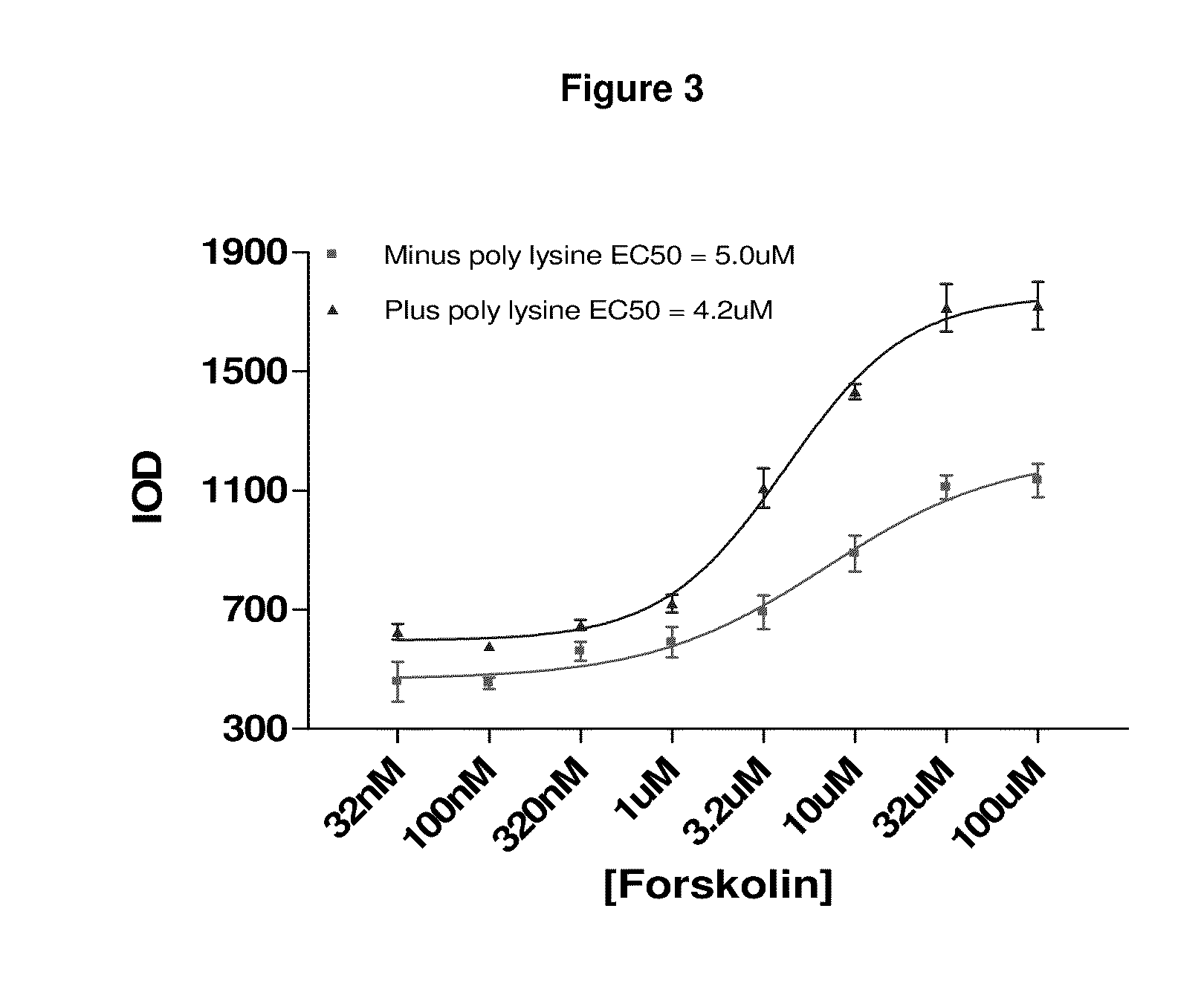Methods for conducting cellular assays
a cellular assay and cell technology, applied in the field of cellular assays or cell based assays, can solve the problems of wasting valuable time and cost, consuming hundreds of millions of dollars per drug created, and slow and costly process of drug discovery, so as to reduce cellular damage or injury.
- Summary
- Abstract
- Description
- Claims
- Application Information
AI Technical Summary
Benefits of technology
Problems solved by technology
Method used
Image
Examples
examples
[0106]The present examples are provided for illustrative purposes only, and should not be construed as limiting the scope of the present invention as defined by the appended claims. All references given below and elsewhere in the present specification are hereby included herein by reference.
1. Coating of Cell Culture Plates with Poly-D-lysine.
[0107]Poly-D-lysine hydrobromide (Sigma, P7405, >300k or P6407, 70-150k)—Poly-D-lysine is dissolved to a concentration of 100 ng per ml in sterile Phosphate buffered saline (PBS). An aliquot (50 μl) is dispensed into the wells of a cell culture 96-well plate. This is incubated for 30 min at room temperature (typically 25° C.). After this time any surplus poly-D-lysine solution is decanted and the wells washed 3-times with sterile Phosphate buffered saline (PBS) (200 μl).
[0108]A final addition of 100 μl PBS is retained to prevent drying. The poly-lysine coated plates can be stored in the fridge for several days but are routinely used within 48 h...
PUM
| Property | Measurement | Unit |
|---|---|---|
| temperature | aaaaa | aaaaa |
| temperature | aaaaa | aaaaa |
| temperature | aaaaa | aaaaa |
Abstract
Description
Claims
Application Information
 Login to View More
Login to View More - R&D
- Intellectual Property
- Life Sciences
- Materials
- Tech Scout
- Unparalleled Data Quality
- Higher Quality Content
- 60% Fewer Hallucinations
Browse by: Latest US Patents, China's latest patents, Technical Efficacy Thesaurus, Application Domain, Technology Topic, Popular Technical Reports.
© 2025 PatSnap. All rights reserved.Legal|Privacy policy|Modern Slavery Act Transparency Statement|Sitemap|About US| Contact US: help@patsnap.com



